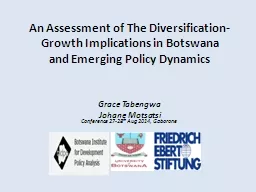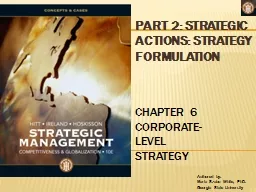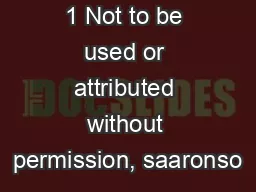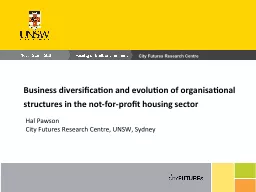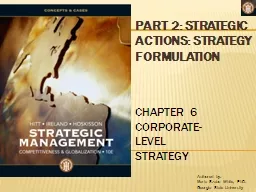PPT-An Assessment of The Diversification-Growth Implications i
Author : alida-meadow | Published Date : 2017-05-05
and Emerging Policy Dynamics Grace Tabengwa Johane Motsatsi Conference 2728 th Aug 2014 Gaborone StructureOutline OverviewContext Scope objectives Analytical
Presentation Embed Code
Download Presentation
Download Presentation The PPT/PDF document "An Assessment of The Diversification-Gr..." is the property of its rightful owner. Permission is granted to download and print the materials on this website for personal, non-commercial use only, and to display it on your personal computer provided you do not modify the materials and that you retain all copyright notices contained in the materials. By downloading content from our website, you accept the terms of this agreement.
An Assessment of The Diversification-Growth Implications i: Transcript
Download Rules Of Document
"An Assessment of The Diversification-Growth Implications i"The content belongs to its owner. You may download and print it for personal use, without modification, and keep all copyright notices. By downloading, you agree to these terms.
Related Documents

